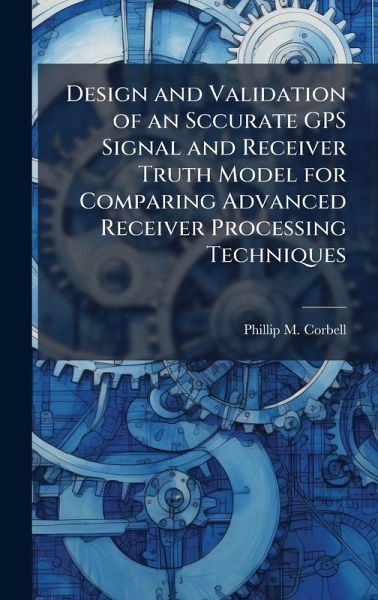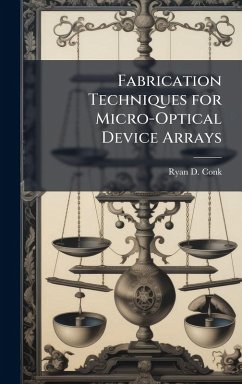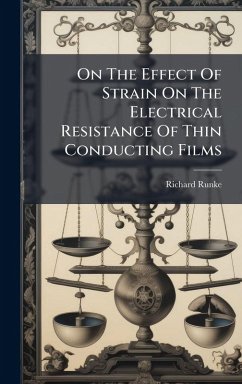
Design and Validation of an Sccurate GPS Signal and Receiver Truth Model for Comparing Advanced Receiver Processing Techniques
Versandkostenfrei!
Versandfertig in über 4 Wochen
30,99 €
inkl. MwSt.
Weitere Ausgaben:

PAYBACK Punkte
15 °P sammeln!
Recent increases in the computational power of computers and digital signal processors have made possible new, novel signal tracking techniques in GPS receivers. One such technique is known as Direct Correlator Output Processing (DCOP). This technique replaces individual traditional tracking loops with a single Kalman Filter, which jointly processes the received signals while exploiting their correlated noises. DCOP is innovative in its potential to replace the tried and true classical signal tracking loops. It is also an enabling technology for ultra-tightly coupled GPS/INS (Global Positionin...
Recent increases in the computational power of computers and digital signal processors have made possible new, novel signal tracking techniques in GPS receivers. One such technique is known as Direct Correlator Output Processing (DCOP). This technique replaces individual traditional tracking loops with a single Kalman Filter, which jointly processes the received signals while exploiting their correlated noises. DCOP is innovative in its potential to replace the tried and true classical signal tracking loops. It is also an enabling technology for ultra-tightly coupled GPS/INS (Global Positioning System/Inertial Navigation System). Potential benefits of these new tracking techniques include an order-of-magnitude improvement in positional accuracy in environments of jamming and high dynamics. However, such performance gains are typically based on software simulations of conceptual GPS receiver designs, not working prototypes. Simulating these new designs requires the modeling of GPS signals and receiver tracking loops, instead of the traditional pseudorange and carrier-phase measurements, which many proven GPS simulation software packages accurately model. This work has been selected by scholars as being culturally important, and is part of the knowledge base of civilization as we know it. This work was reproduced from the original artifact, and remains as true to the original work as possible. Therefore, you will see the original copyright references, library stamps (as most of these works have been housed in our most important libraries around the world), and other notations in the work. This work is in the public domain in the United States of America, and possibly other nations. Within the United States, you may freely copy and distribute this work, as no entity (individual or corporate) has a copyright on the body of the work. As a reproduction of a historical artifact, this work may contain missing or blurred pages, poor pictures, errant marks, etc. Scholars believe, and we concur, that this work is important enough to be preserved, reproduced, and made generally available to the public. We appreciate your support of the preservation process, and thank you for being an important part of keeping this knowledge alive and relevant.












